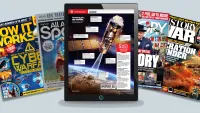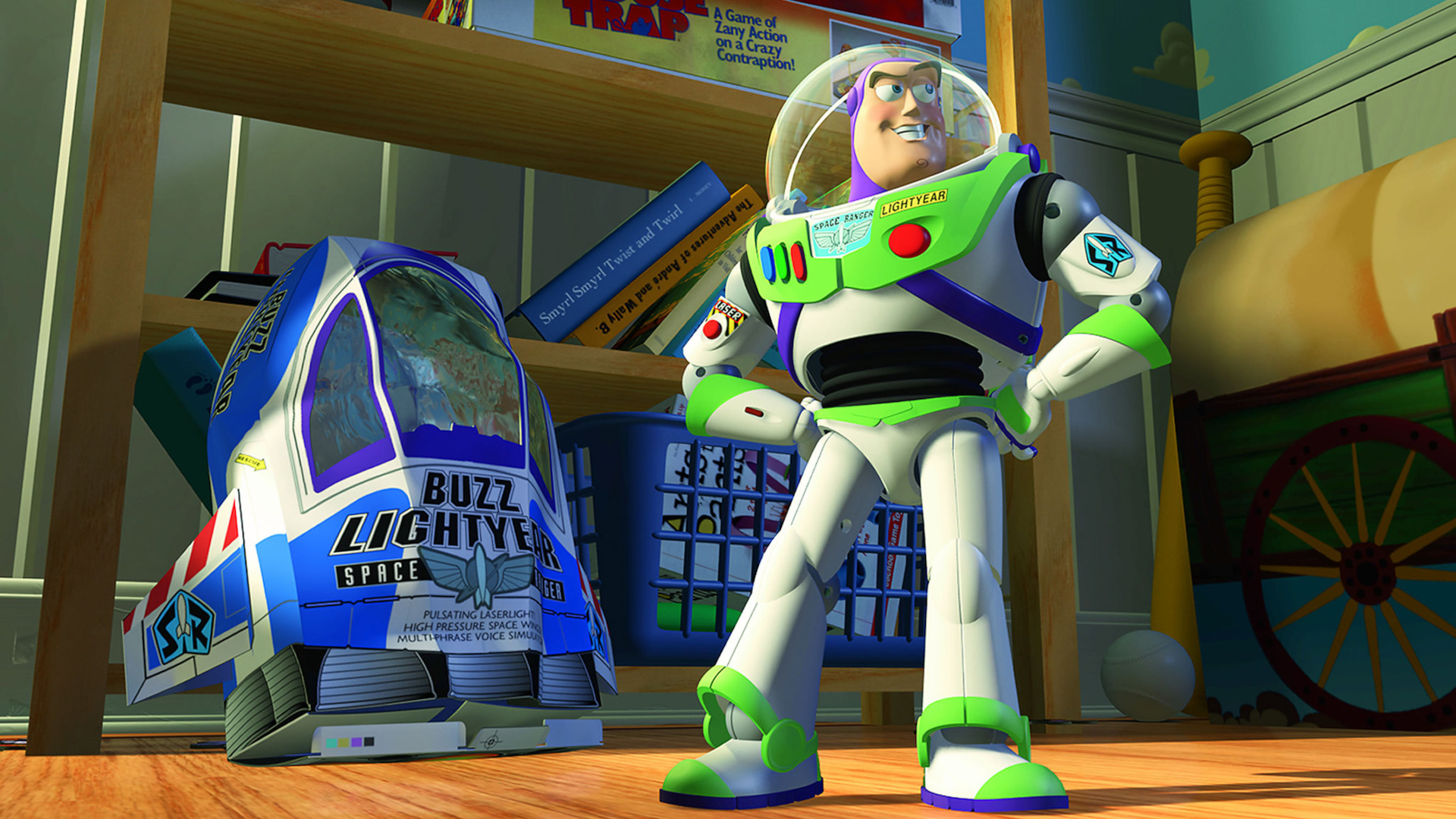Dramatic SpaceX video shows what happens when a rocket's nose cone pops off
Payload fairing separation, when a rocket's shell-like nose cone pops free, is an event that accompanies most rocket launches these days, but we've never seen one quite like this.
A stunning new video from SpaceX captures the moment of separation from the point of view of the fairing itself, showing the two halves of a Falcon 9 rocket's fairing pull away from the booster's upper stage during a recent launch of 60 Starlink internet satellites.
In the 9-second clip, which SpaceX released on YouTube, we see the fairings separate from the Falcon 9 upper stage to reveal a towering stack of Starlink satellites. A quick glimpse of the Earth's atmosphere, backlit with ethereal blue light, can be seen just before it ends. SpaceX launched the Starlink mission June 3 from Space Launch Complex 40 of the Cape Canaveral Air Force Station in Florida.
Related: SpaceX's Starlink satellite megaconstellation launches in photos
SpaceX's Falcon 9 payload fairings are 43 feet (13 meters) tall and just over 17 feet (5 m) wide. When assembled, they form a shell around satellite payloads to protect them during the first few minutes of a launch. The fairing halves separate about 3 minutes after liftoff. (SpaceX's Dragon spacecraft, which carry cargo and crew to space, aren't covered by a fairing.)
SpaceX has added steering thrusters and parachutes to some fairing halves in order to reuse the fairings on multiple flights. To catch them in the ocean, SpaceX has added giant nets to two retrieval ships, called Ms. Tree and Ms. Chief, to recover the fairings at sea.
According to SpaceX founder and CEO Elon Musk, Falcon 9 rocket fairings alone cost $6 million, so reusing them on multiple flights can help lower launch costs. The company has reflown three fairing halves to date.
Breaking space news, the latest updates on rocket launches, skywatching events and more!
The next SpaceX launch will lift off Saturday (June 13) and will carry another 60 Starlink satellites into orbit. SpaceX has launched 482 Starlink satellites over eight missions as the company works to build a 12,000-satellite megaconstellation to provide high-speed internet service around the world.
- SpaceX's rocket payload fairing-catching boat in photos
- SpaceX's Starlink broadband service will begin in 2020: Report
- Why SpaceX's Starlink satellites caught astronomers off guard
Email Tariq Malik at tmalik@space.com or follow him @tariqjmalik. Follow us @Spacedotcom, Facebook and Instagram.
OFFER: Save 45% on 'All About Space' 'How it Works' and 'All About History'!
For a limited time, you can take out a digital subscription to any of our best-selling science magazines for just $2.38 per month, or 45% off the standard price for the first three months.

Tariq is the award-winning Editor-in-Chief of Space.com and joined the team in 2001. He covers human spaceflight, as well as skywatching and entertainment. He became Space.com's Editor-in-Chief in 2019. Before joining Space.com, Tariq was a staff reporter for The Los Angeles Times covering education and city beats in La Habra, Fullerton and Huntington Beach. He's a recipient of the 2022 Harry Kolcum Award for excellence in space reporting and the 2025 Space Pioneer Award from the National Space Society. He is an Eagle Scout and Space Camp alum with journalism degrees from the USC and NYU. You can find Tariq at Space.com and as the co-host to the This Week In Space podcast on the TWiT network. To see his latest project, you can follow Tariq on Twitter @tariqjmalik.


